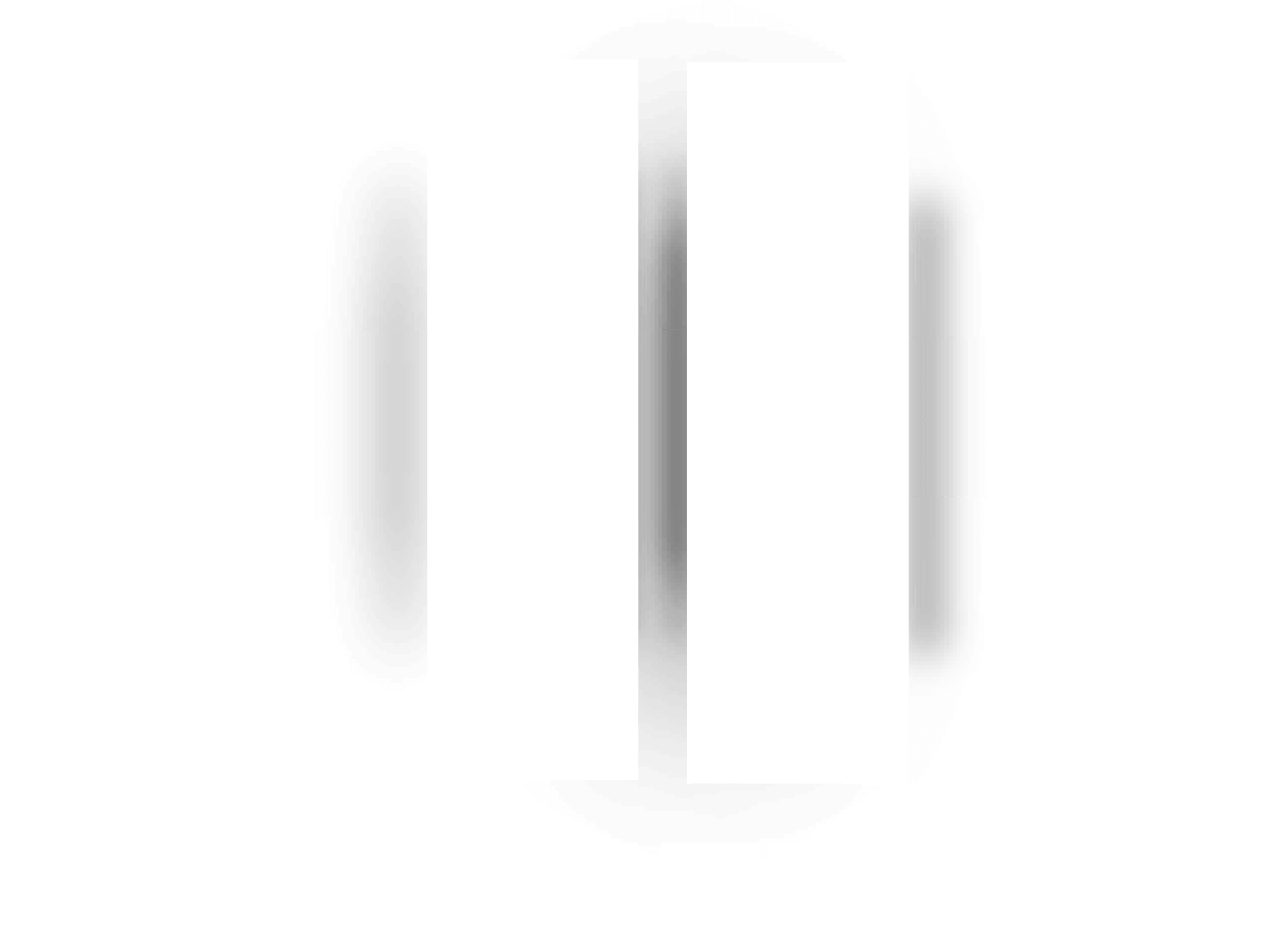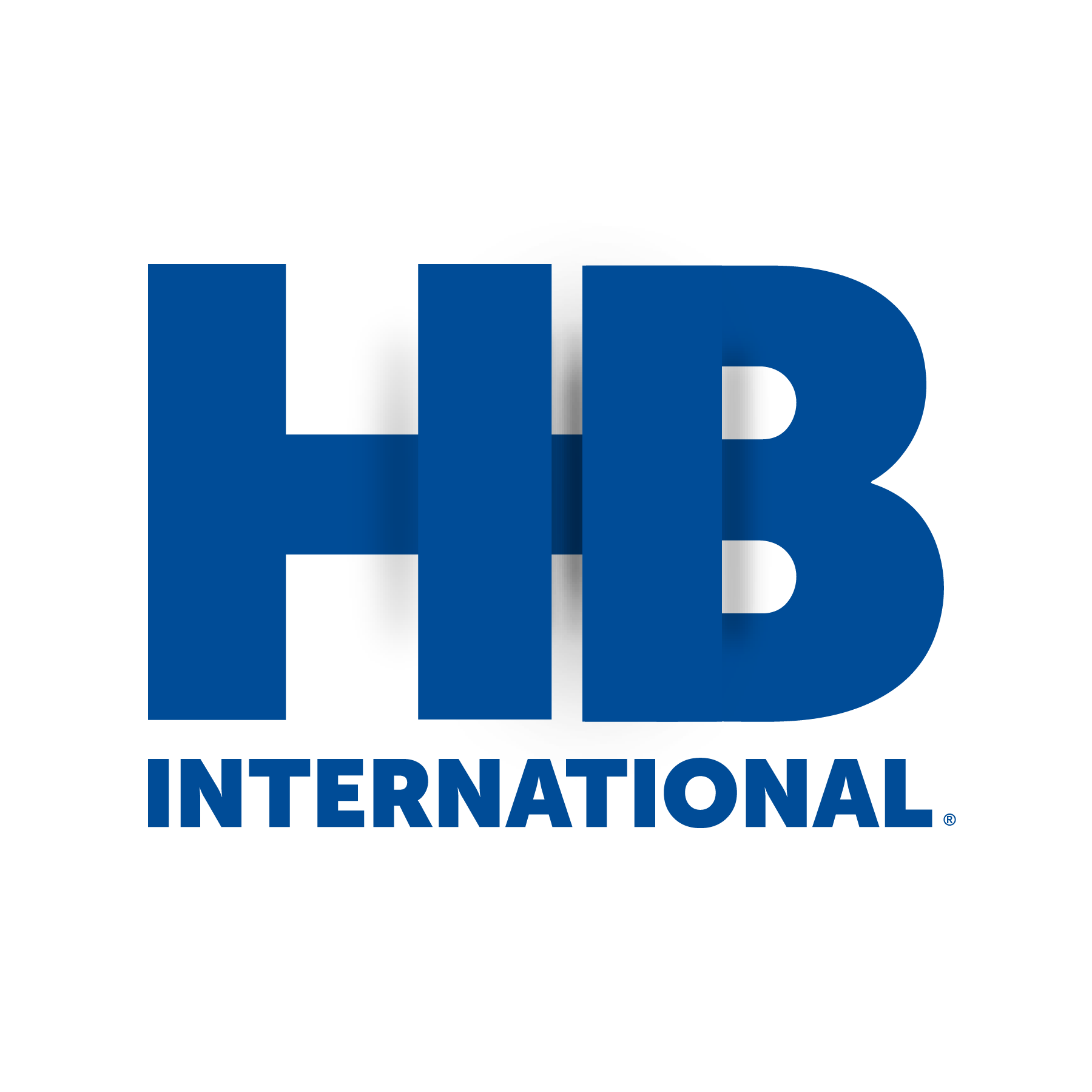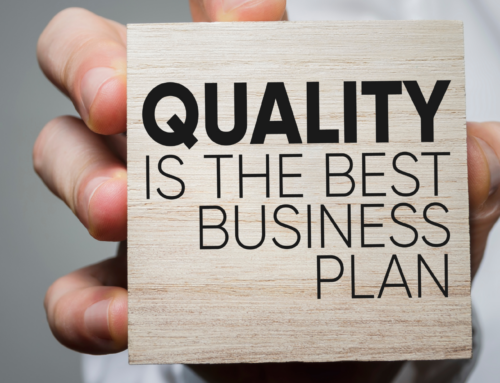Planning for 2021: Lead Times, Production Schedules, Patience
![]()
Businesses are working tirelessly to find production capacity in factories, while simultaneously, lead times continue to increase. With a lack of factory capacity, some companies are experiencing many frustrations in the manufacturing world. What should we expect in 2021? What products are experiencing these outlandish lead times?

December 14, 2020
![]()
The global pandemic has shaken things up, especially within most supply chains. What’s impacting this global supply chain? Several factors, including:
- Increased product demand and lack of factory capacity
- Temporary shutdowns of manufacturers
- A decrease in the manufacturing workforce, and
- Temporary and long-term travel restrictions in areas
In the world of packaging, the high demands for household and industrial cleaning supplies have caused a significant delay in product lead times due to the lack of factories’ capacity. With an increase in health and cleaning products, it is no wonder businesses are struggling to meet their customers’ demands. While COVID-19 continues to linger worldwide, hand sanitizers and disinfectant products continue to be among the top packaging items for production.
While some businesses are fighting to stay alive, other companies have seized the opportunity to thrive. Packaging companies who once held a steady production line of health and disinfectant products are now racing for any possible space in supplier production schedules, generating mass quantities of:
- Trigger sprayers
- Dispensing pumps
- Screw on and flip-top closures
In 2019, a typical lead time for a product was relatively predictable and ranged anywhere between 3-5 weeks. The good news? Depending on the product you’re looking to manufacture, lead times may still vary between 45-60 days. However, with increased demand and reduced capacities, many lead times have doubled.
![]()
Expectations for 2021?
- Be patient. Understand that businesses are doing everything they can to mitigate extended lead times. Rather than becoming frustrated, arrange for these increased lead times, and expect delays. It’s only temporary.
- Be proactive and plan. Rather than waiting, forecast your packaging needs. Based on previous orders, can you recognize previous purchase patterns and play into your customer’s predictability? Start communicating your needs now. It’s never too early to secure your product’s production schedule.
How can HB International help?
Our customers are the priority. HBI’s project managers are relentless when it comes to seeking out and approving suppliers for product manufacturing. We want you to reach out to us! Our team is here to make sure your business continues thriving through these difficult times.
How can we help you succeed?
![]()





